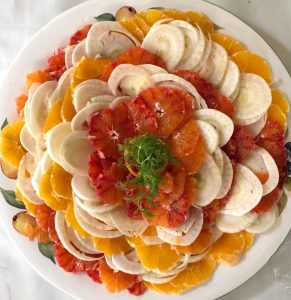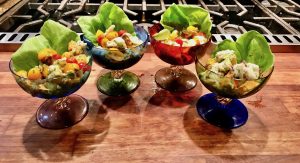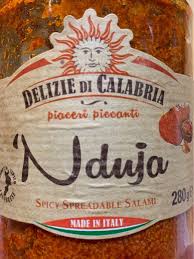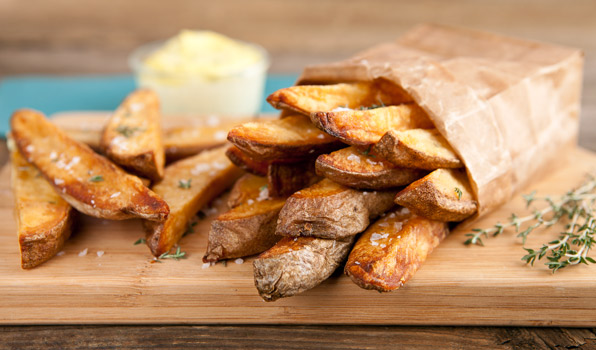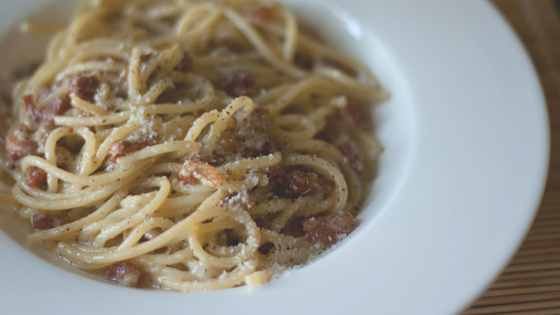This recipe, like most of my recipes, is based on having a good extra-virgin olive oil, and fresh ingredients. Another thing many of my recipes have in common is that they don’t feature too many ingredients. This one, for example, just has the following ingredients:
- Extra-virgin olive oil – You will need enough oil in the pan to cover the potatoes
- Yukon potatoes, scrubbed and with the skin on: about 1 – 2 potatoes per person
- A sprig or two of fresh rosemary
- Sea salt
We grow our rosemary in pots so that we can clip off springs whenever we need them. But, if you need to buy the herb packets from your supermarket, keep in mind that you can freeze whatever you don’t use. The color may get a little dark if the sprig has been in the freezer for a while, but it retains its fresh flavor when you use it later.
You need a pan that can handle a lot of heat, and depth which allows the potato slices to stay under the oil in a single layer when cooking. We love using the old-fashioned cast-iron skillets for this, but you can also use any pan designed for high heat which distributes heat evenly.
This recipe is fun to cook when your guests are keeping you company in the kitchen. Because I’m Italian, I like serving this dish as an appetizer because it’s best when the potatoes have come right out of the skillet. But, you can also serve it at the same time you dish up an entree, such as lamb chops or steak.
Preparation:
- Slice the potatoes into thick strips, each one about 1 cm thick.
- Pour enough olive oil into your skillet/pan to cover the potatoes. This means you may use close to a bottle of olive oil, but don’t worry — you can save the oil to re-use for this recipe another time.
- Heat the oil moderately high, but not enough to bubble or fry.
- When the oil has gotten moderately hot, carefully place the potato slices and rosemary sprigs into the skillet. There should be enough oil to cover the slices.
- Cook the potatoes at moderate heat for 15 minutes, moving them gently in the skillet.
- Using tongs or a slotted spoon, remove the potatoes from the skillet and place them on a layer of paper towels.
- While the potatoes drain and cool off on the paper towels for 2-3 minutes, bring the heat up in the skillet to high.
- Carefully add the potatoes back into the now very hot oil. Allow them to cook for another 8-10 minutes, moving them gently to make sure they don’t stick to the bottom.
- After 8-10 minutes, the potatoes should be a dark golden color. Take one out and let it cool enough to taste it. If you judge that it’s ready, remove the rest of the potatoes with your slotted spoon (or tong) and put them on a serving plate that has been lined with paper towels.
- Sprinkle the potatoes with sea salt to taste. We’ve been using Hawaiian black sea salt to finish dishes, and we love the color and flavor, but any salt will do. Serve immediately.
Italiano: Le migliori patate fritte del mondo
Questa ricetta, come la maggior parte delle mie ricette, si basa sull’avere un buon olio extravergine di oliva e ingredienti freschi. Un’altra cosa che molte delle mie ricette hanno in comune è che non contengono troppi ingredienti. Questo, ad esempio, ha solo i seguenti ingredienti:
- Olio extravergine di oliva – Abbastanza per coprire le patate
- Yukon patate –patate gialle-, con la buccia: circa 1 – 2 patate a persona
- Uno o due rametti di rosmarino fresco
- Sale
Noi coltiviamo il rosmarino in un vaso così è sempre a disposizione e mi piace il profumo. Ma, se lo compri a; supermercato, tieni presente che puoi congelare tutto ciò che non usi. Il colore diventerà un po’ scuro se il rametto resta nel freezer per un po’, ma mantiene il suo sapore fresco quando lo usi in seguito.
Serve una padella che possa sopportare molto calore e una profondità che permetta alle fette di patate di rimanere sotto l’olio, meglio in un unico strato durante la cottura. Le padelle in ghisa vecchio stile sono perfette per questo, ma puoi anche usare qualsiasi padella buona.
Questa ricetta è divertente da cucinare quando i tuoi ospiti ti tengono compagnia in cucina. Mi piace servirlo come antipasto perché le patate sono più buone quando sono appena uscite dalla padella.
Preparazione:
- Tagliare le patate a listarelle spesse di circa 1 cm.
- Versare abbastanza olio d’oliva nella padella per coprire le patate. L’olio puoi riutilizzarlo per questa ricetta un’altra volta.
- Riscaldare l’olio a una temperatura moderata,
- Quando l’olio sarà moderatamente caldo, mettete con cura le fette di patate e i rametti di rosmarino nella padella. Dovrebbe esserci abbastanza olio per coprire le fette.
- Cuocere le patate a fuoco moderato –sobbollire, per 15 minuti, muvendole delicatamente nella padella ogni 3 minuti circa.
- Usando una pinza o una schiumarola, togli le patate dalla padella e adagiale su carta assorbente.per 2-3 minuti. Alza il fuoco al massimo.
- Rimettere le patate nell’olio bollente e cuocere per altri 8-10 minuti, muovendole delicatamente perché non si attacchino al fondo.
- Dopo 8-10 minuti, le patate dovrebbero assumere un colore dorato scuro. Tirane fuori una e assaggiala. Se ritieni che sia pronta, togli il resto delle patate con il cucchiaio forato (o la pinza) e mettile su un piatto da portata rivestito con carta assorbente.
- Aggiungi sale in abbondanza. Se usi il sale nero Hawaiiano il piatto è molto più bello (lo trovi su Amazon).\
- Servire immediatamente.
Image credit: http://www.cbc.ca/inthekitchen/2013/01/thick-cut-fries.html

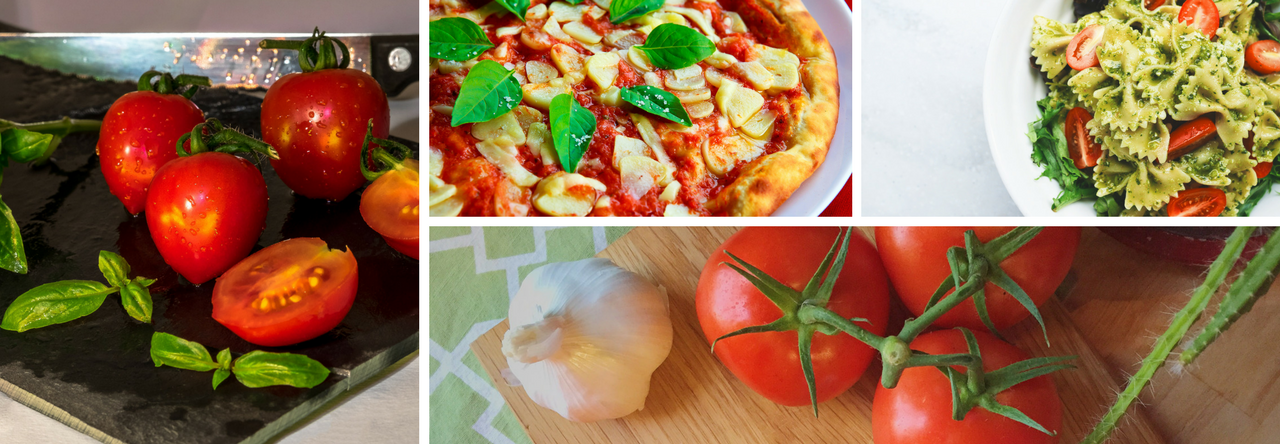
 This pasta reminds me of summertime, with its lovely scent of orange and mint. It’s a recipe that can only be made in small portions, so don’t try to increase the measures in this recipe. It’s my friend
This pasta reminds me of summertime, with its lovely scent of orange and mint. It’s a recipe that can only be made in small portions, so don’t try to increase the measures in this recipe. It’s my friend 